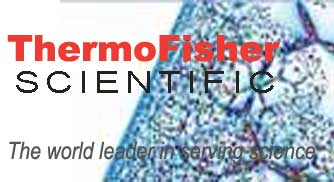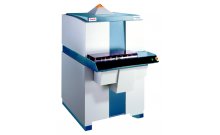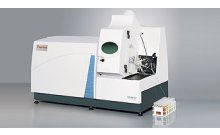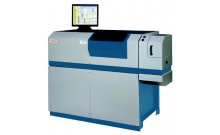iCAP 6000 等离子体发射光谱仪应用于盐水中金属杂质分析
abstract:
The determination of trace contaminants in brines is of interest to the manufacturer of chlorine and caustic soda as its use is employed across many industrial sectors including food, petrochemical and metallurgical production. The production of brine has modernized in recent years from using mercury cell electrolysis to a cleaner and more environmentally friendly membrane cell technology. This involves the electrolysis of brine - aqueous sodium chloride (NaCl) - in a membrane cell.
These problems can be overcome with relative ease with the use of modern ICP instruments which enable internal standard addition (which will compensate for transport effects) and the use of high solids sample introduction kits and argon umidifiers to reduce the clogging of the system during analyses. Even with these problems solved, the issue of sensitivity still remains – a dual view instrument which can view both axially and radially will go some way to increasing the ensitivity where it is required, but when solutions are diluted (normally to 10-15% NaCl) – the system must be sensitive enough to ‘see’ at these low levels and resolve the peaks in the matrix. This often requires that only the axial view is used for the analysis.
instrument:
Thermo Scientific iCAP 6500 Duo ICP
Conclusions:
The analysis of challenging sample matrices such as brines can be achieved easily using the Thermo Scientific iCAP 6000 Series through its outstanding robustness and elegant sample introduction. This enables long term analyses without loss of sensitivity or clogging of the system. It is clear that significant benefits in terms of detection limits can be realized by using a longer integration times, but this must be weighed against the requirement for fast analysis.
Similarly, the use of an internal standard offers enhanced stability to long term analyses by correcting for any dynamic drift on the system. However, as seen in the Borregaard case study, for small batches of samples, excellent detection limits can be realized without the use of internal standardization for fast, accurate analyses.




